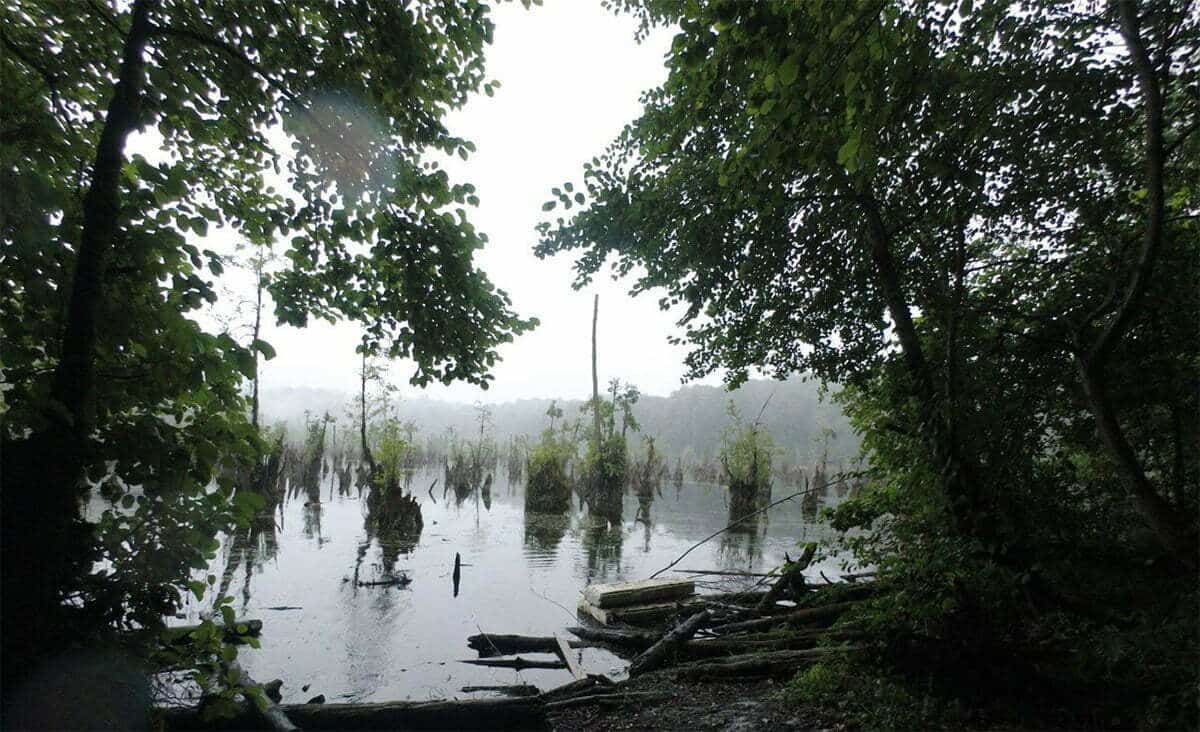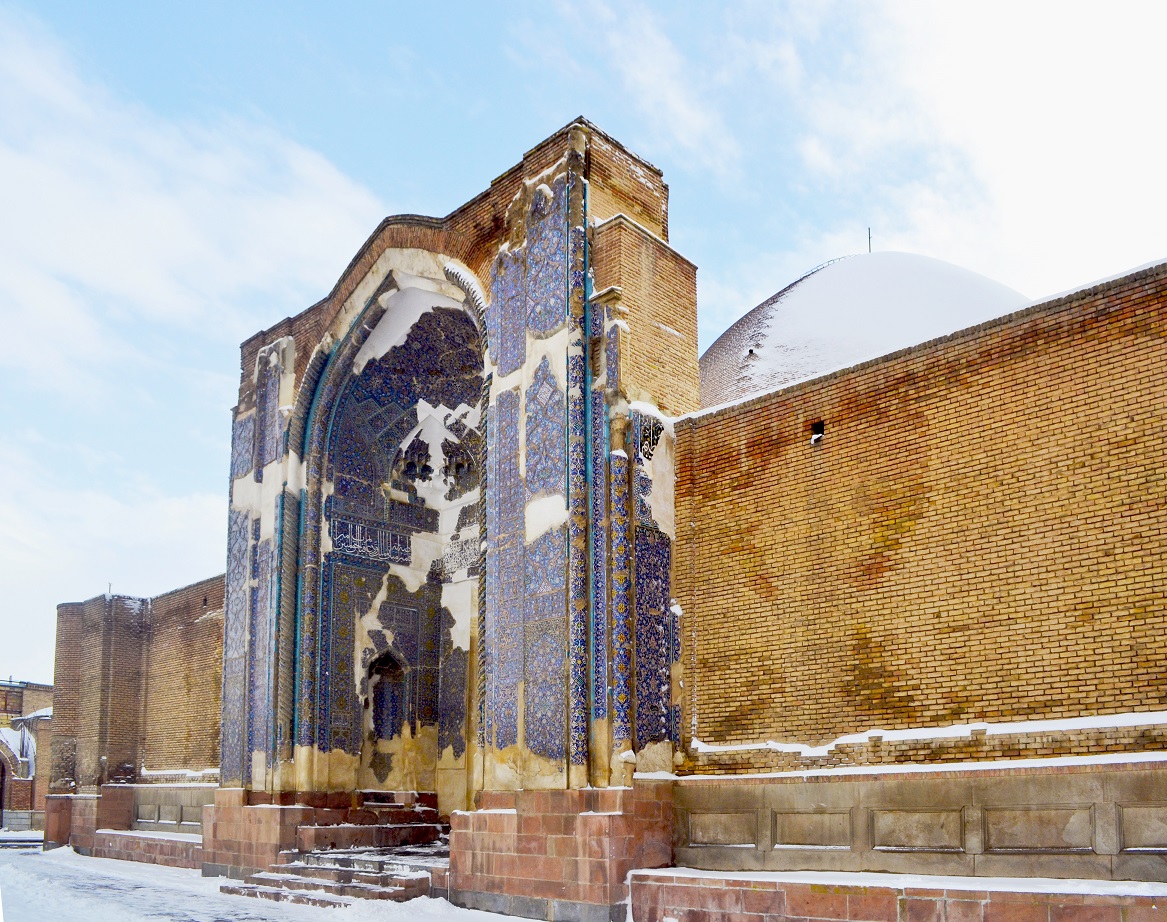Discover the fascinating history of the Wall of Gorgan, the second-largest wall in the world after China, including its construction, unique features, and archaeological significance. Learn how this monumental structure was built with honor and without the loss of innocent lives.
The 1500-year-old Wall of Gorgan is a remarkable historical monument that holds a significant place in the world’s architectural heritage. It is recognized as the second largest wall in the world, only after the Great Wall of China. Built more than a millennium before the completion of the Great Wall, the Wall of Gorgan stands as a testament to the ingenuity and craftsmanship of its builders.
Despite the passage of time and the ravages of history, some parts of the Wall of Gorgan still remain buried underground, while others have been preserved through archaeological findings and research. The wall was first documented by an American archaeologist who captured aerial photographs of Iranian antiquities in 1315, revealing a red wall in Gorgan, which later became valuable evidence for further study.
The construction of the Wall of Gorgan involved the use of tens of millions of brick molds and the presence of numerous brick kilns in close proximity to the wall. Additionally, a 200-kilometer-long water canal was built to provide water for the construction process. It is estimated that the entire construction of the wall took ninety years to complete, showcasing the immense effort and dedication of its builders.

One of the most intriguing aspects of the Wall of Gorgan is its stark contrast with the Great Wall of China in terms of its purpose and construction methods. Unlike the Great Wall, which was built primarily as a military fortification, the Wall of Gorgan was constructed with honor, and historical evidence suggests that innocent lives were not sacrificed during its construction. This makes the Wall of Gorgan a unique and significant architectural marvel.
With hopes of registration and local efforts to restore the 195-kilometer-long Wall of Gorgan, this historical monument has the potential to become a captivating tourist attraction. Often referred to as the Red Wall or the Red Snake, this ancient structure is believed to have served as a protective barrier for the Sassanid Empire. Stretching from Gomishan to the Gildagh Mountains in northeastern Kalaleh, though a significant portion of the wall has been damaged over time and lies buried underground.
In conclusion, the Wall of Gorgan is a remarkable historical structure that deserves recognition and appreciation for its grandeur and significance. As the second largest wall in the world, it stands as a testament to the rich cultural heritage of Iran and the ingenuity of its builders. Its unique features and honorable construction methods make it a fascinating subject for archaeological research and exploration. Discover the secrets of this awe-inspiring monument and delve into the rich history of the Wall of Gorgan.




























